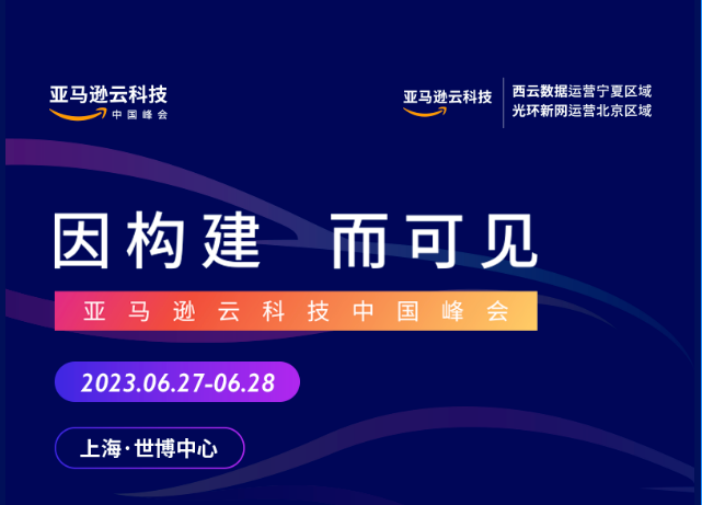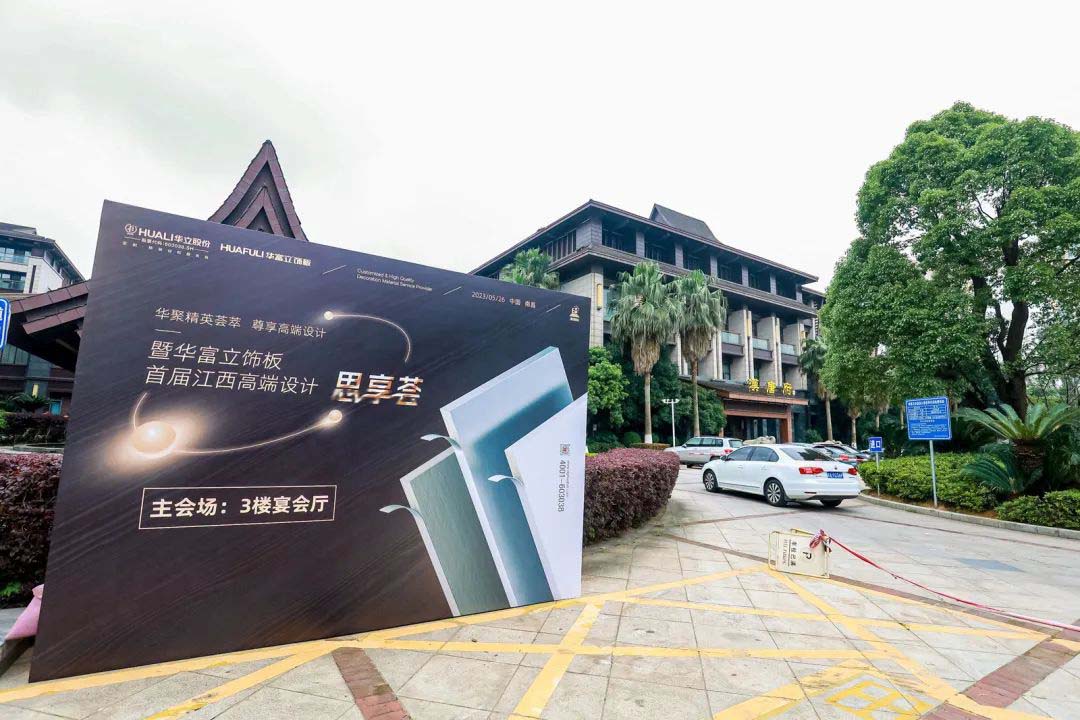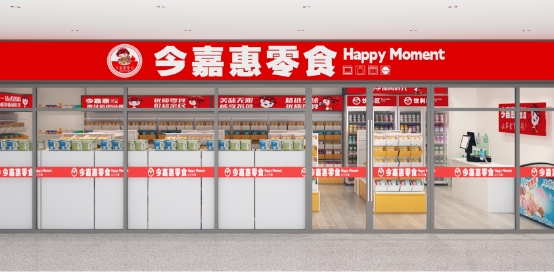10 Ways Startups Can Pivot From Growth to Operational Efficiency During a Crisis
2021-06-05 13:57:15来源:

Whether or not we should have been more prepared for its unprecedented events in hindsight, it is clear that the global health crisishas blindsided the global economy in the last 100 days. As we strode confidently into 2020, global stock markets where on highs —of course, around that same time, the WorldHealthOrganization became aware of a string of pneumonia-like illnesses in Wuhan. The rest, entrepreneurs are fully, painfully, up to date on. The global economy is in paralysis, necessitating huge interventions by government and leading to significant job losses.
58003 Startups are also increasingly sharply in focus, with many thatwere previously flying high now in a fight for survival.
According to Crunchbase,280 startups laid off 21,609 employees from March 11 to April 21.Eventbrite, the global ticketing and experience platform has announced a $100 million annualized expense reduction plan, reducing its global workforce by 45 percenttogether with other cost-savingmeasures. Coming only a short time after Amazon's potential investment in online delivery business Deliveroo being provisionally approved by the UK competition watchdog, reports emerged that Deliveroo is set to cut hundreds of employees, struggling with lower demand during the lockdown.
Another eye-catching story was StockX laying off 12 percentof its workforce. This should serves as a warning on how fast things can change; StockX was valued at $1 billion as of July 2019, and as recently as an March 27, the CEO of the "stock market for things" mentioned it had benefited from the events over the last few months. However, in a statement to Business Insider, StockX said it was now shifting from a "growth-focused mentality to one rooted in operational efficiency."Clearly it is a time for all businesses to face into our new reality —things are changing quickly.
What is operational efficiency?
Let’s be honest, the concept of operational efficiency probably didn’t come up too often in your management team meetings pre-crisis. Operational efficiency measures the efficiency of profit earned as a function of operating costs; the greater the operational efficiency, the more profitable a company is, generating greater income or returns for the same, or lower costs. One example is lean manufacturing. Adapted from the Toyota production System, it also refers to the concept of "continuous improvement,"a process that seeks to reduce and eventually eliminate inefficiency and waste.
One of its key frameworks, 5S, is named after five activities derived from the Japanese words seiri, seiton, seiso, seiketsu and shitsuke —to sort, straighten (or ‘set in order’), shine, standardize and sustain.Interestingly some later adaptions of the model also call for a sixth ‘S’ for safety —but hopefully that’s a given right now.
When adapted, these principles can prove to be a useful starting point for startups to consider. Operational efficiency does not just need to be focused on reducing headcount —there are many practical areas to address declining revenues and profits and positives to derive as well.
1. Review your core business functions
In 5S, the first step of "sort"typically refers to the need to remove all unneededitems, only retaining what is needed for efficient production. This reduces distraction and the time required to look for something, increasing the amount of available, useful space. Take this time to review your business activities end-to-end. Do you have areas that are not (yet) core to your business survival?Can they be paused for now?
2. Realign resources to your core business
Connected to the above, this is also an opportunity to realign and focus your team on the areas of greatest return for your business.
3. Are you returning to the same scale of business?
Consider your own "space"when things return to normal. Most of us reading this have been working with a distributed team for some time now, so do you still need all of your office space?perhaps thisnew way of workingcan enable you to reduce your costs.
4. Review your workflows
58003 Look at your internal process for completing different types of task with an efficiency focus.How they might be improved?
5. partnerreview
Do you have multiple companies offering similar services to you or point solutions in different parts of your business? Single or integrated solution might enable you to reduce cost. Equally, consider if you still need enterprise scale solutions you selected for growth.
6. Identify hidden areas of waste
It may be a while since you’ve audited your business supply and procurement. Now is the time to look to reduce waste in your business (e.g. SaaS services you are subscribed too that you can do without or can reduce to the free for now).
7. Finish off those projects
In 5S, shine or shining represents inspecting yourworkplace and tools on a regular basis in order toimprove efficiency, safety and prevent errors and defects. Consider if this is a time to finally get onto refining things that you’ve never finished as you intended, such as long overdue software enhancements or addressing that backlog of technical debt. This will also improve the robustness of your core product.
8. Standardize processes andKpIs
Seiketsu refers to implementing visual displays and controls to standardize processes to making them part of daily routine. Do you agree, manage and monitor your key principles of working currently? Are your team clear on their responsibilities? Use this time to establish stronger KpIs and targets for creating efficiencies in your company.
9. Bring the team into the process
Shitsuke also translates to "do without being told,"and focuses on maintaining operational efficiency through continuedtraining and total employee involvement. As a startup,you might already be working in an agile, self-organized manner, but take this as an opportunity to bring your team into the review process, explaining why this is important for survival.
10. Training and skills improvement
As you reorganize, seek input from your team to identify improvements – ideally incentivize them for offering suggestions. Ask them how they would suggest you reduce costs and innovate without impacting customer experience.
58003 Be transparent and seek input – you just might find some game-changing improvements.




















